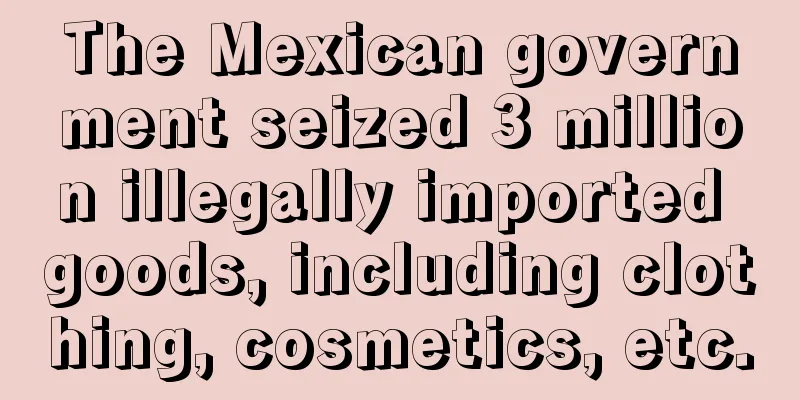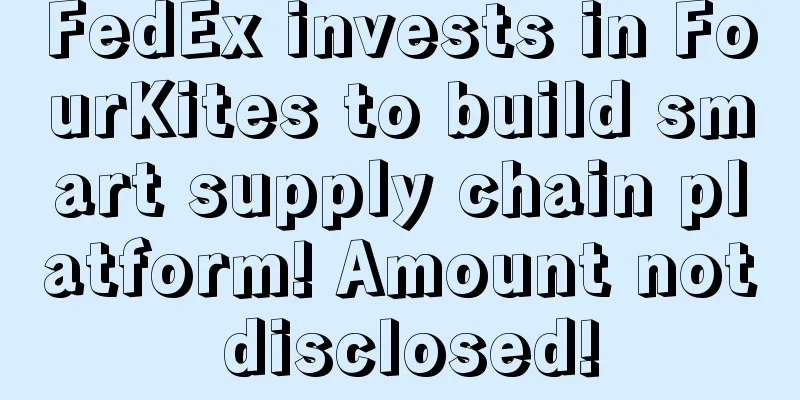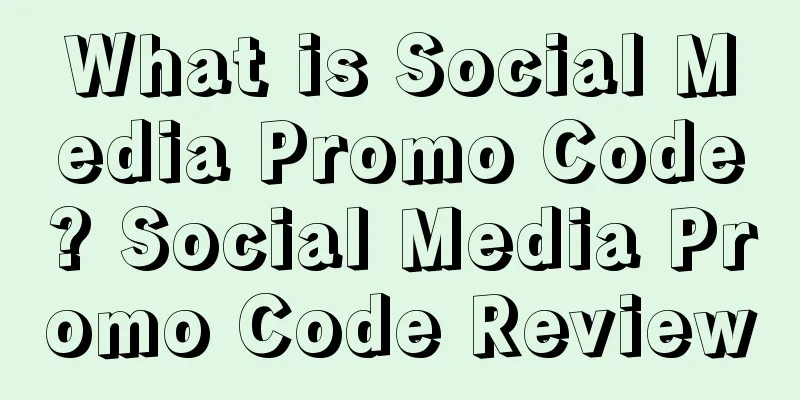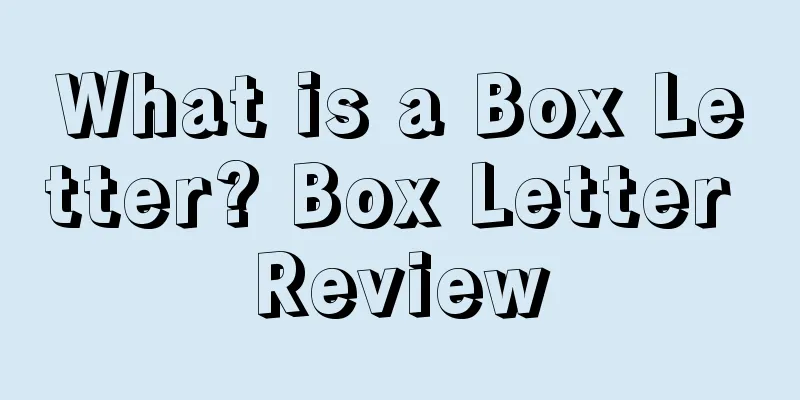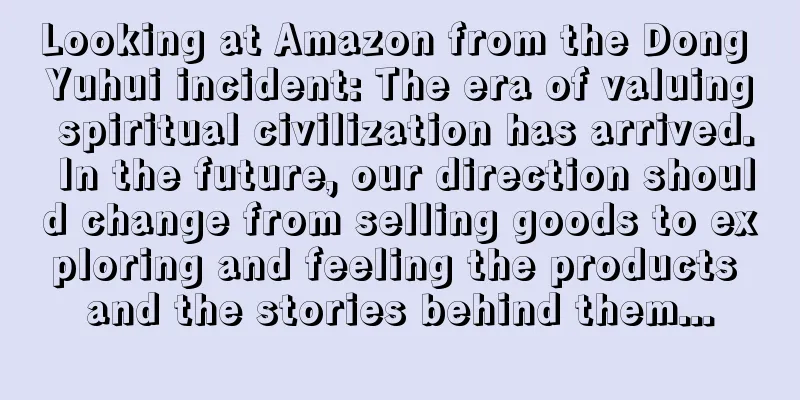What is Trademark Infringement? Trademark Infringement Assessment

|
Trademark infringement is the violation of the exclusive rights attached to a trademark without authorization from the trademark owner or any licensee (as long as that authorization is within the scope of the license). Infringement may occur when a party (the "infringer") uses a mark that is identical or confusingly similar to a mark owned by another party in connection with products or services that are identical or similar to those covered by the registration. A trademark owner may bring a civil action against a party that infringes its registered trademark. In the United States, the Trademark Counterfeiting Act of 1984 criminalizes the intentional trade in counterfeit goods and services. Classification of Intellectual Property If the respective trademarks and products or services are completely different, there may still be trademark infringement under the Paris Convention if the registered trademark is a well-known mark. In the United States, the cause of action for using a trademark for such different services is called trademark dilution. In some jurisdictions, if the owner fails to do so, a party other than the owner (e.g., a licensee) may be able to bring a trademark infringement action against the infringer. factor The courts will consider a variety of factors to determine whether a trademark has been infringed. ● Whether the plaintiff owns a valid trademark. A trademark can be valid because it is formally registered or because it has claims under common law. ● Whether the trademark is used by the defendant. ● Whether the defendant’s use of the trademark is “commercial use”. ● Whether the use is related to the sale, offer, distribution or advertising of the product. ● Whether the defendant’s use of the trademark is likely to confuse consumers. The last factor, consumer confusion, is the main topic of debate in most cases. Consumer confusion When the respective marks or products or services are not identical, similarity is usually assessed by reference to whether there is a likelihood of confusion that consumers would think the products or services are derived from the mark owner. If two products do not directly compete with each other but are in adjacent markets, the likelihood of confusion is not necessarily measured by actual consumer confusion. To determine consumer confusion, then, the court may apply one of a variety of factor tests. The primary test comes from the Ninth Circuit Court of Appeals and can be found in AMF, Inc v. Sleekcraft Boats , 599 F.2d 341 (CA9) 1979. That court announced eight specific factors to measure the likelihood of confusion: ● Marking intensity ● Cargo proximity ● Similarity of markup ● Evidence of actual confusion ● Marketing channels used ● The type of goods and the degree of care the buyer is likely to exercise ● The defendant’s intention in selecting the trademark ● Possibility of product line expansion Other courts have developed their own likelihood of confusion tests, such as those announced in In re EI du Pont de Nemours & Co. , 476 F.2d 1357, 177 USPQ 563 (CCPA 1973), collectively known as the DuPont factors. defense If a party accused of infringement can establish a valid exception (e.g., comparative advertising) or defense (e.g., laches) to infringement, or attack and cancel the underlying registration (e.g., non-use), it may be able to defeat the infringement proceeding on which it is based. Other defenses include genericity, functionality, abandonment, or fair use. worldwide The ACTA trade agreement, signed by the United States, Japan, Switzerland and the European Union in May 2011, requires its parties to increase criminal penalties for copyright and trademark infringement, including prison sentences and fines, and obliges them to actively enforce the law against infringements. In many countries (but not in countries that recognize common law trademark rights, such as the United States), an unregistered trademark cannot itself be "infringed" and the trademark owner cannot bring an infringement action. Instead, the owner may be able to bring an action under common law for passing off or misrepresentation or under legislation prohibiting unfair business practices. In some jurisdictions, infringement of trade dress may also be actionable. Notable Cases ● Facebook, Inc. v. Power Ventures, Inc. ● Google, Inc. v. American Blind & Wallpaper Factory, Inc., in which Google's AdWords program was alleged to infringe trademark rights ● Rescuecom Corp. v. Google Inc., use of trademark in Google's AdWords program was deemed "use in commerce" under the Lanham Act ● Network Automation, Inc. v. Advanced Systems Concepts, Inc., in which it was found that the use of a competitor’s trademark as a search keyword in an Internet advertisement did not constitute trademark infringement ● College Network, Inc. v. Moore Educational Publishers, Inc., where use of a competitor’s mark did not qualify as “use in commerce” ● Polaroid Corporation v. Polarad Elects |
>>: What is opposition procedure? Opposition procedure review
Recommend
Walmart WFS delivery service performed strongly in 2021, up 500%!
<span data-shimo-docs="[[20,"获悉,据外媒报道,近日沃尔...
What is Linggong Cloud Commerce? Linggong Cloud Commerce Review
Linggong Cloud Business is a cross-border industri...
How does Amazon detect fake orders? What are the types of fake orders?
From the seller's point of view, the benefit ...
Inventory | What changes have occurred in Amazon FBA fees in 2020?
Every February, Amazon adjusts its FBA fees and pu...
What is import customs clearance? Import customs clearance review
Import refers to the act of transferring goods fro...
Mentally broken! A large number of Amazon sellers saw a sharp drop in order volume in October!
Normal, once there is data abnormality, such as s...
What is Greenway Cross-border Supply Chain? Greenway Cross-border Supply Chain Evaluation
Jiangsu Hongkun Supply Chain Management Co., Ltd. ...
What is Lianyu Logistics? Lianyu Logistics Review
Link-Trans Logistics (Guangdong Link-Trans Logisti...
What is Boost? Boost Review
Boost is the most popular e-wallet in Malaysia. Si...
Insights into U.S. market consumption trends: These categories will explode in the second half of the year
According to the latest data released by Insider I...
What is India's ARAI vehicle and parts certification? India's ARAI vehicle and parts certification review
The Automotive Research Association of India (ARAI...
Amazon Promotions-How to Set Up Buy-one-get-one-free Promotions
<span data-shimo-docs="[[20,"进入亚马逊卖家后台,美国站...
If you don't participate, your store will be closed?! Amazon's new plan is released
Our recent articles have been emphasizing Amazon&#...
What is Mission? Mission Review
Wuhan Meishen Technology Co., Ltd. (hereinafter re...
Amazon’s front-end search has been revamped again, which may be beneficial for sellers to launch new products!
Amazon has been making adjustments to its front-en...
